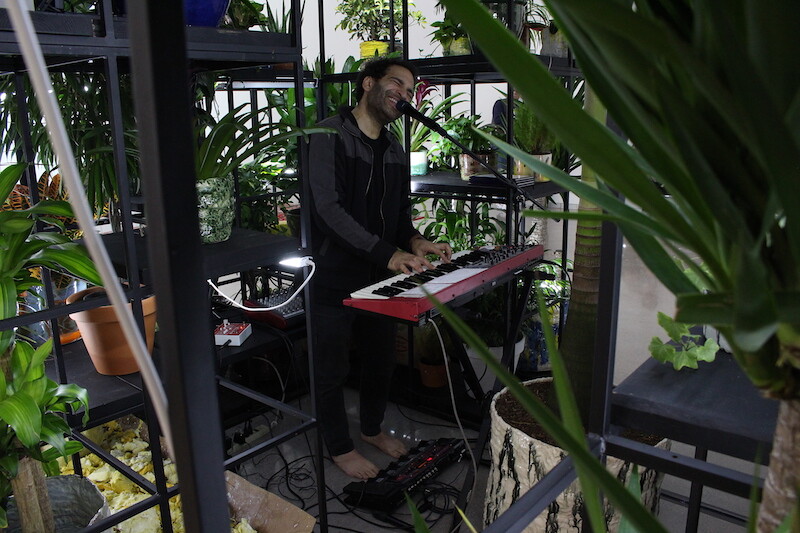Categories
Subjects
Authors
Artists
Venues
Locations
Calendar
Filter
Done
September 7, 2021 – Review
“The Dirty South: Contemporary Art, Material Culture, and the Sonic Impulse”
Noah Simblist

“The South got something to say!” declared André 3000 at the 1995 Source Awards, after Outkast were awarded Best New Artist to boos from the audience. Goodie Mob, another Atlanta-based hip-hop group, released a track called “Dirty South” that same year. Both these events are cited by curator Valerie Cassel Oliver, who also notes in her catalogue essay for “The Dirty South” that the term had been in use since at least the 1980s. So what does it mean? We know that the American South is below the Mason–Dixon line, but what’s dirty about the prevalent image of it? Is it the paradox of living with violence and corruption while also celebrating its finer qualities, as Goodie Mob suggests? The Northern fantasy of rural life and unpaved roads that resist Cartesian order? An intermingling of African, European, and Indigenous traditions?
This is not the first exhibition to focus on the American South in recent years. In 2016, “Southern Accent” opened at the Nasher Museum: a thirty-year survey show that treated the region as an “emotional idea,” a term borrowed from William Faulkner. What’s new about the VMFA exhibition is its focus on the particularities of Black culture in the …
February 12, 2019 – Review
Rashid Johnson’s “Monument”
Stefanie Hessler

Driving along Monument Avenue in Richmond, Virginia, one traverses the former Confederate capital from the wealthy West End to the central Fan district near the newly opened Virginia Commonwealth University’s Institute for Contemporary Art (ICA). Originally conceived in 1890 as tree-lined home to the memorial for Robert E. Lee, the commander of the Confederate States Army during the American Civil War and slave owner, the boulevard has since seen additions of other massive, plinth-mounted statues, including Confederate general Stonewall Jackson, Confederate president Jefferson Davis, and, since 1996, also incongruously and controversially African American tennis star Arthur Ashe. Half a mile from the Lee memorial, on the top floor of the ICA, Rashid Johnson’s exhibition “Monument” confronts the state of monuments, questioning collective consciousness and whose stories are granted visibility. The show couldn’t be more timely, as the American South is debating the legacy and future of its Confederate monuments, many of which were erected long after the end of the Civil War and well into the twentieth century.
Johnson’s exhibition consists of the new work Monument (2018), a temple-like structure made from a steel shelving system coalescing references to Minimalism, like Sol LeWitt’s sculptures, and mass-produced IKEA furniture. The installation is …